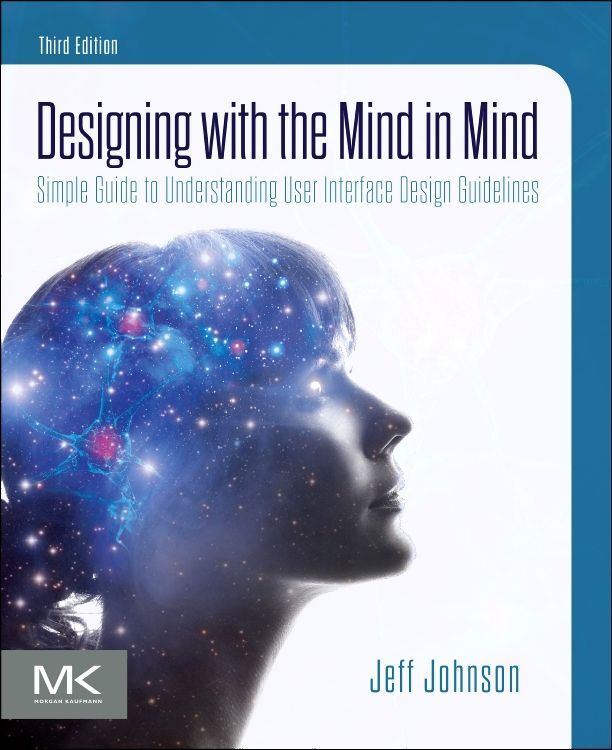
Zustellung: Sa, 03.05. - Di, 06.05.
Sofort lieferbar
VersandkostenfreiProvides an essential source for user interface design rules and how, when, and why to apply them Arms designers with the science behind each design rule, allowing them to make informed decisions in projects, and to explain those decisions to others Equips readers with the knowledge to make educated tradeoffs between competing rules, project deadlines, and budget pressures Completely updated and revised, including additional coverage in such areas as persuasion, cognitive economics and decision making, emotions, trust, habit formation, and speech UIs
Inhaltsverzeichnis
1. Our Perception is Biased
2. Our Vision is Optimized to See Structure
3. We Seek and Use Visual Structure
4. Our Color Vision is Limited
5. Our Peripheral Vision is Poor
6. Reading is Unnatural
7. Our Attention is Limited; Our Memory is Imperfect
8. Limits on Attention Shape Our Thought and Action
9. Recognition is Easy; Recall is Hard
10. Learning from Experience and Performing Learned Actions are Easy; Problem Solving and Calculation are Hard
11. Many Factors Affect Learning
12. Human Decision-Making is Rarely Rational
13. Our Hand-Eye Coordination Follows Laws
14. We Have Time Requirements
2. Our Vision is Optimized to See Structure
3. We Seek and Use Visual Structure
4. Our Color Vision is Limited
5. Our Peripheral Vision is Poor
6. Reading is Unnatural
7. Our Attention is Limited; Our Memory is Imperfect
8. Limits on Attention Shape Our Thought and Action
9. Recognition is Easy; Recall is Hard
10. Learning from Experience and Performing Learned Actions are Easy; Problem Solving and Calculation are Hard
11. Many Factors Affect Learning
12. Human Decision-Making is Rarely Rational
13. Our Hand-Eye Coordination Follows Laws
14. We Have Time Requirements
Produktdetails
Erscheinungsdatum
22. September 2020
Sprache
englisch
Auflage
3. Auflage
Seitenanzahl
XIV
Autor/Autorin
Jeff Johnson
Verlag/Hersteller
Produktart
kartoniert
Abbildungen
Approx. 175 illustrations (175 in full color); Illustrations, unspecified
Gewicht
625 g
Größe (L/B/H)
233/193/17 mm
ISBN
9780128182024
Entdecken Sie mehr
Bewertungen
0 Bewertungen
Es wurden noch keine Bewertungen abgegeben. Schreiben Sie die erste Bewertung zu "Designing with the Mind in Mind" und helfen Sie damit anderen bei der Kaufentscheidung.







